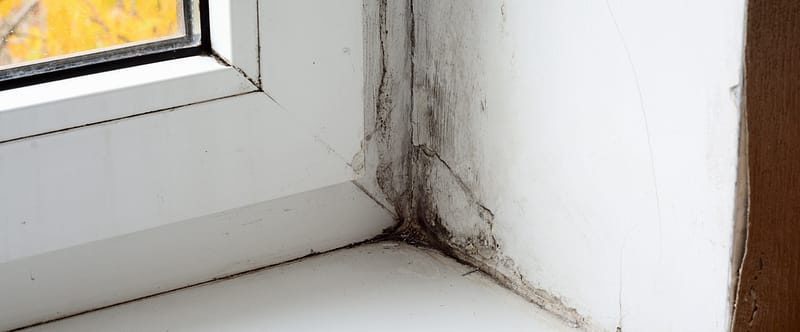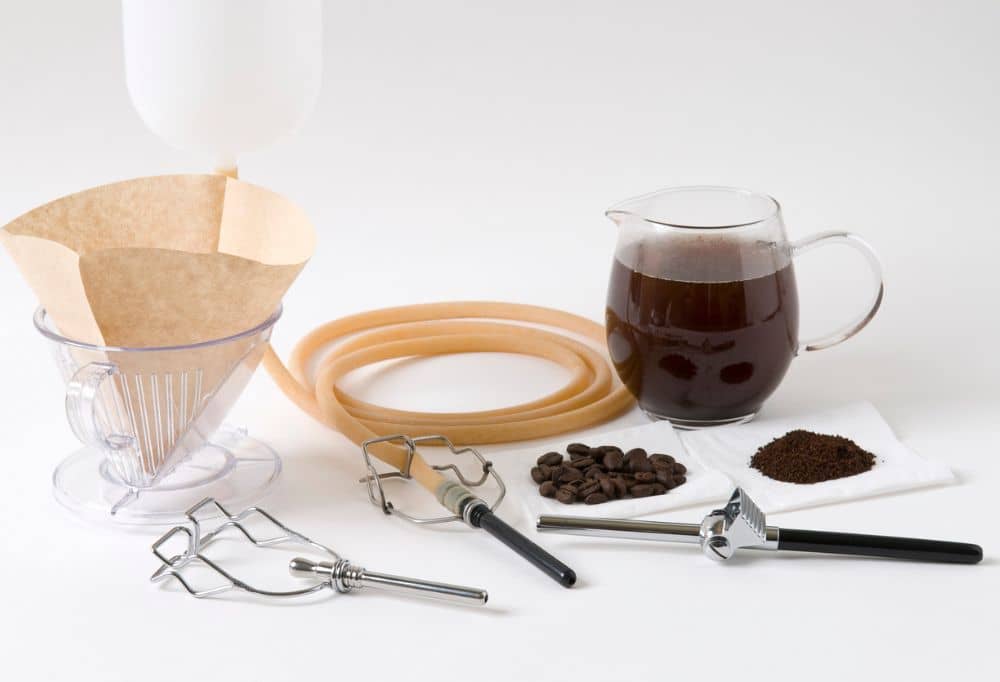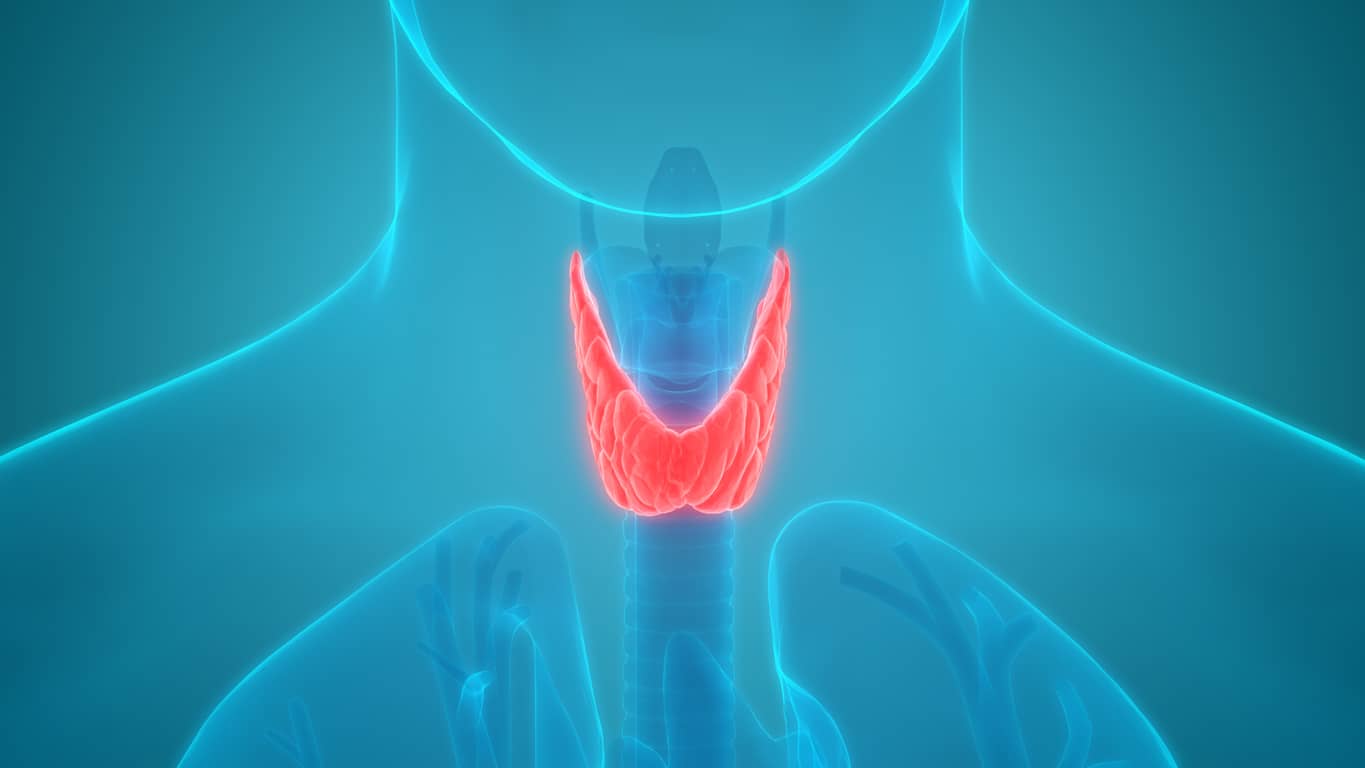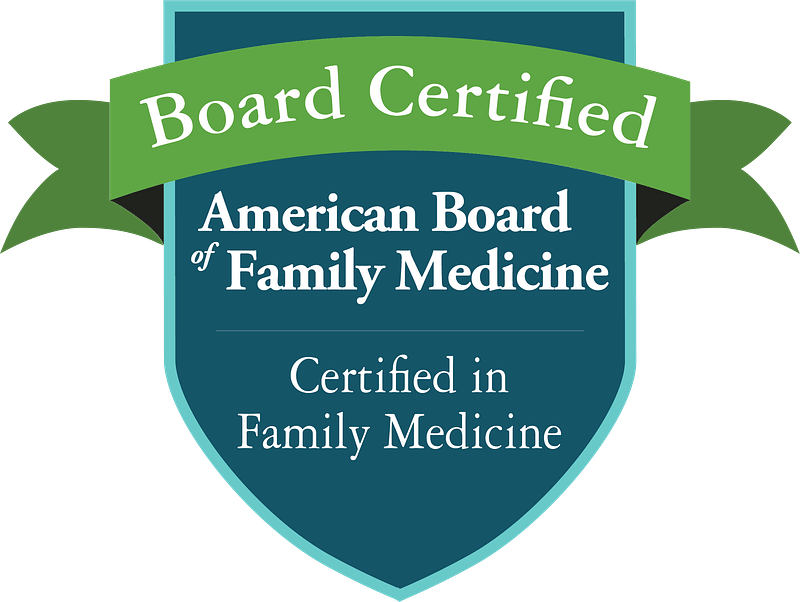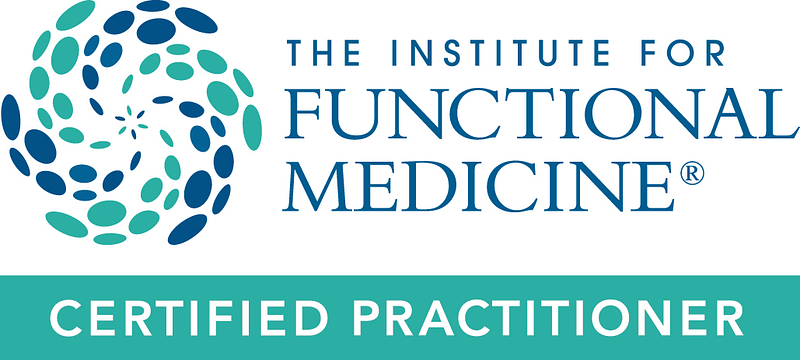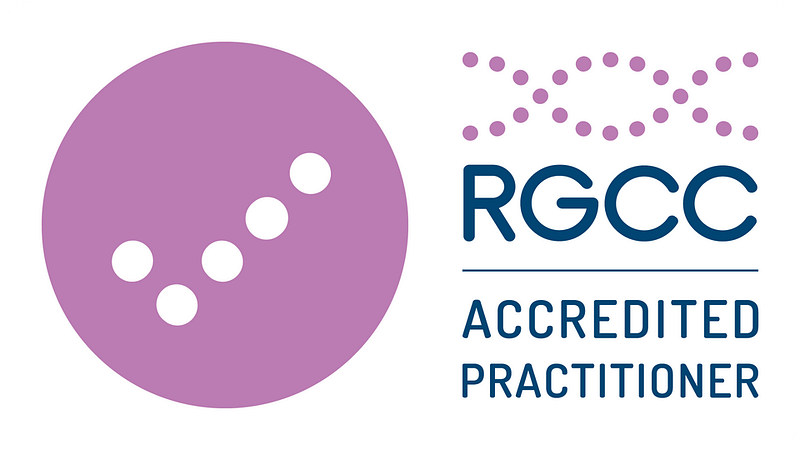Thoroughly inspect any home for mold contamination before buying it. Mobile homes are particularly vulnerable to mold growth.
Treat mold contamination by addressing conditions that support mold growth: lack of ventilation, darkness and, especially, moisture.
Ventilate high moisture areas: the kitchen, bathrooms, and laundry. Use fans to exhaust moisture from the laundry, bathroom, and kitchen to the outdoors, not the attic or crawl space.
Insulate windows and doors, pipes, walls, and attics to prevent condensation. Dehumidify basements and other damp areas to attain 50-55 percent relative humidity.
Provide ample drainage of water around the foundation of a home by using drain tile and rain gutters, backfilling the foundation, and sloping the land away from the house. Install vapor barriers and assure adequate cross ventilation in crawl spaces. Because water seepage through concrete and cement block may be imperceptible, avoid flooring and wall covering that prevent evaporation of moisture.
Air conditioning reduces the humidity in a home. Molds grow best between 77-86 degrees Fahrenheit, though they can grow at temperatures as low as 32 and as high as 95 degrees. Open closets to air condition (and dehumidify) them when you are not home. Keep clutter (old shoes, books, rags, etc.) at a minimum. Keep condensation trays for dehumidifiers, refrigerators, and air conditioners clean to prevent mold growth.
In the event of a flood, spill, or leak, clean up the water within 24 hours and use dehumidifiers, fans, and ventilation to thoroughly dry wet areas. Determine and correct the cause of the flood or leak, when possible.
To prevent mold growth and to clean up a moldy area: Keep it clean, keep it dry, air it out, and disinfect it. Some believe that stachybotrys-contaminated penetrable materials such as wood cannot be adequately treated by surface disinfecting. Therefore removal, disposal, and replacement of such molded materials may be required. Severely affected homes may be permanently uninhabitable.
Remove and replace heavily contaminated materials. Clean surfaces with a stiff brush and hot soapy water and rinse with clean water. Then use a 10 percent bleach solution to clean surfaces. Allow to dry thoroughly. Do not mix bleach with ammonia. Use good ventilation and respiratory and skin protection when using any cleaning solutions.


